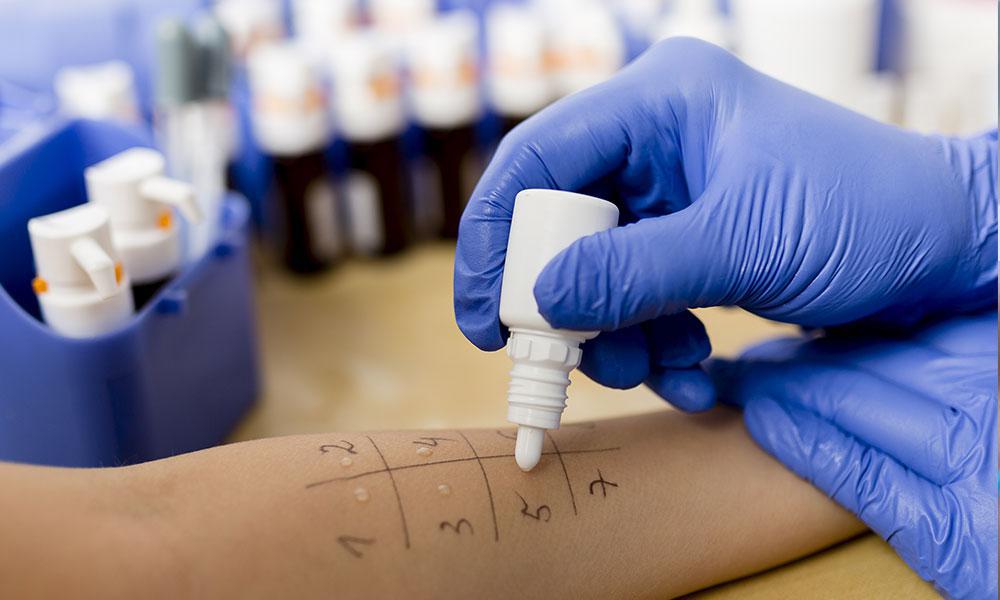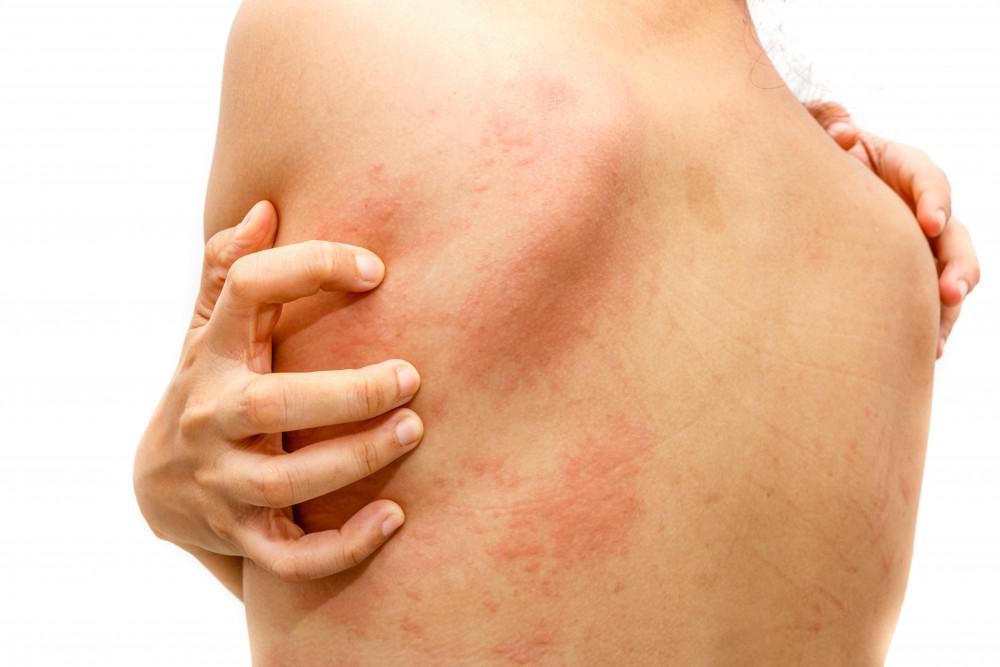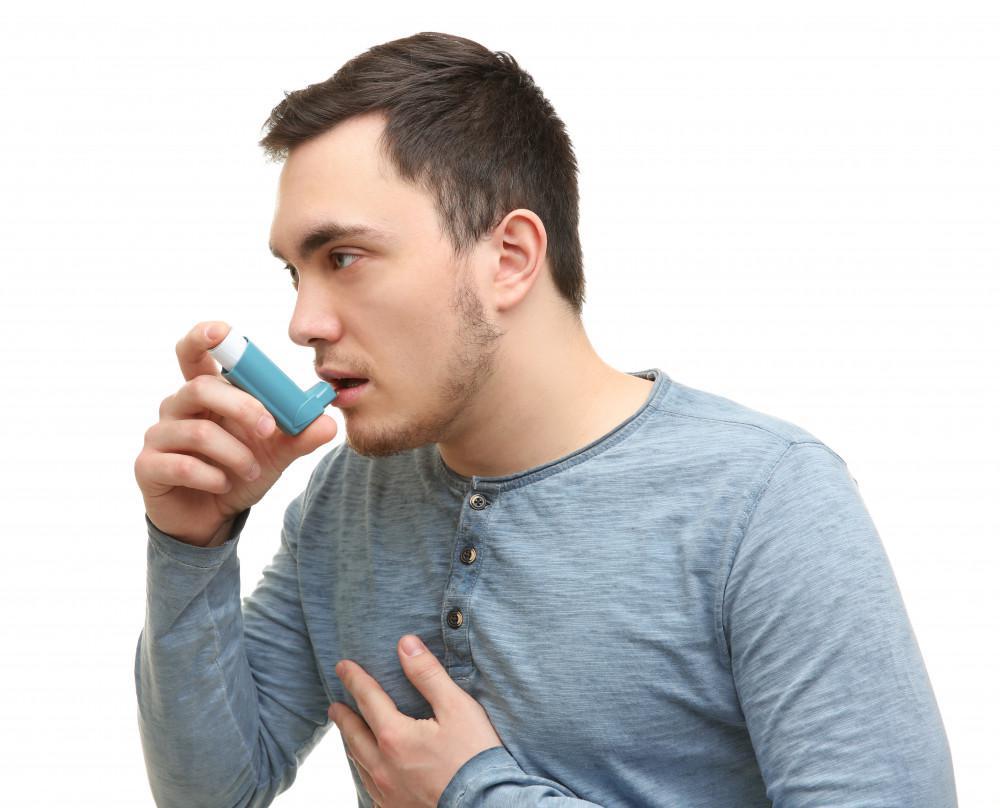Everyone has mast cells. They’re a type of white blood cell found throughout your body’s connective tissue and bone marrow. They live, for example, in your skin, intestinal lining, nervous system, cardiovascular system, and airways.
When mast cells function properly, they help protect your body from foreign substances and injury by releasing chemicals also called mediators, such as histamine and cytokines, that help heal your body.
With a mast cell disorder, your mast cells don’t function properly. There are two major forms of mast cell disorders.
Mastocytosis is a rare disease where your mast cells accumulate in abnormal numbers in different parts of your body and release mediators at inappropriate times.
Mast cell activation disorder (MCAD) is when your mast cells also release mediators inappropriately but don’t accumulate in abnormal numbers. This inappropriate mast cell activation causes problematic and sometimes debilitating symptoms throughout your body.
Mast cell disorder symptoms and causes
The exact cause of mast cell disorder is unknown, but it is known that inappropriate mast cell activation can be triggered by a host of substances, similar to an allergy. Often, it’s hard to pinpoint the trigger or triggers. In some cases, there are no identifiable triggers.
Some common triggers include:
- Certain foods
- Fragrances
- Exercise
- Chemicals
- Stress
- Heat
- Cold
- Insect bites
- Animal venoms
Mast cell disorder episodes usually result in symptoms affecting multiple parts of your body. Symptoms typically come on suddenly. Common symptoms include:
- Rapid pulse
- Low blood pressure
- Itching
- Hives
- Swelling
- Shortness of breath
- Wheezing
- Fatigue
- Gastrointestinal distress including nausea, vomiting, cramps, and diarrhea
In some cases, mast cell disorder can cause anaphylaxis, which is a severe reaction to a trigger and results in many of the symptoms listed above. Anaphylaxis can send your body into shock, which can be fatal if not treated immediately.
In general, symptoms can range from mild to severe and often get more severe over time. Triggers may change over the course of the disease, making mast cell disorders challenging to diagnose and treat. Unfortunately, mast cell disorder cases are on the rise.
Mast cell disorder treatments
The first step in treating a mast cell disorder is to rule out other allergies and conditions that have similar symptoms and accurately diagnosing the disease. While there is no cure for mast cell disorders, there are many treatment options to help manage and relieve symptoms. The second step in treating mast cell disorders is to identify and avoid activation triggers.
At AIR Care, allergist Dr. Richard Herrscher has extensive experience diagnosing and treating mast cell disorders. Some treatment options to reduce or manage symptoms include:
- Antihistamines
- Topical creams
- Mast cell stabilizer medications
Dr. Herrscher can devise a comprehensive treatment plan to help you minimize mast cell disorder activation episodes and also help relieve and reduce your specific symptoms.
For more information about mast cell disorder symptoms and treatments, call allergy and immunology specialist Dr. Herrscher at AIR Care with offices in Dallas and Plano, Texas. You can also make an appointment online through this website.








